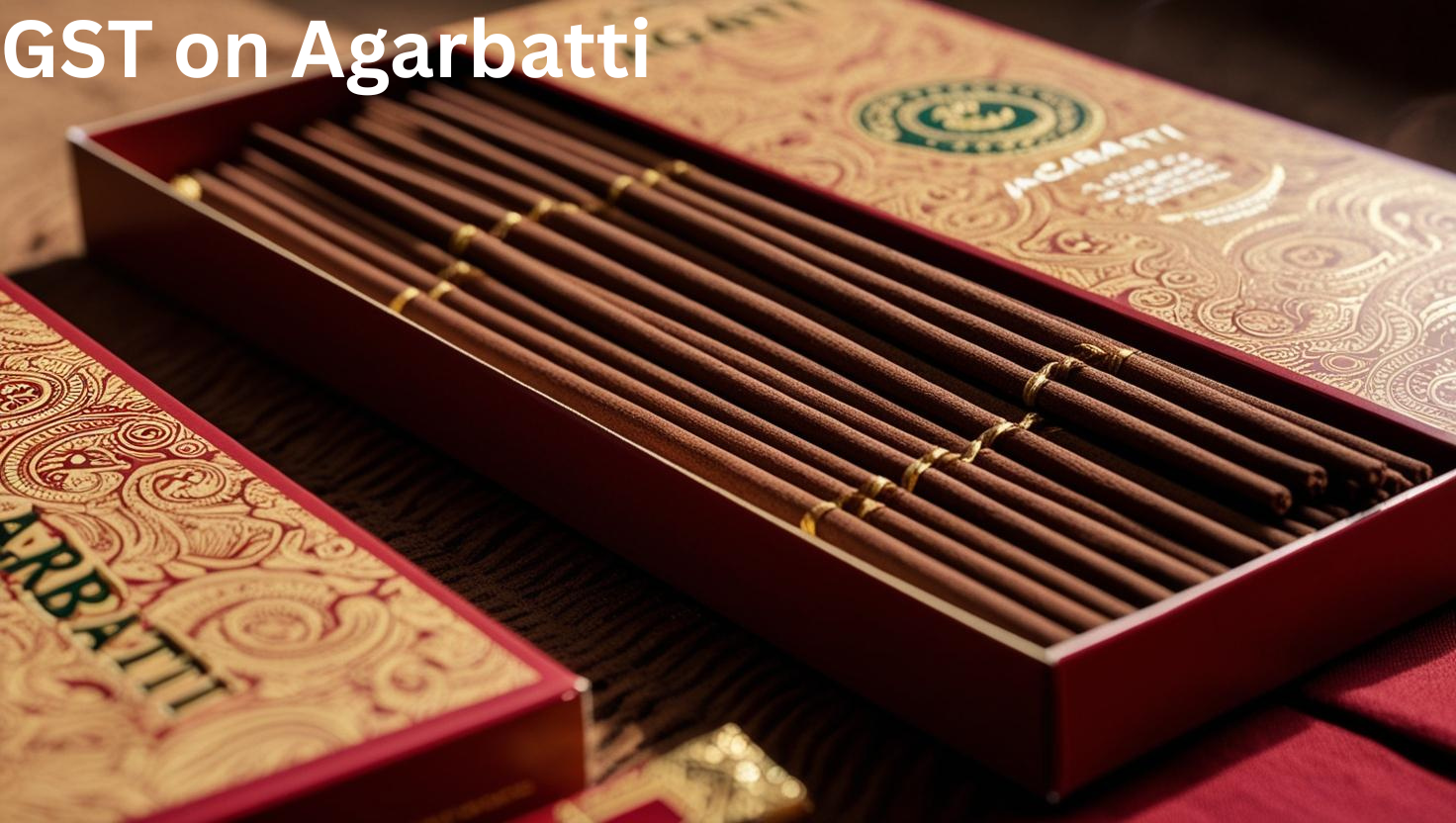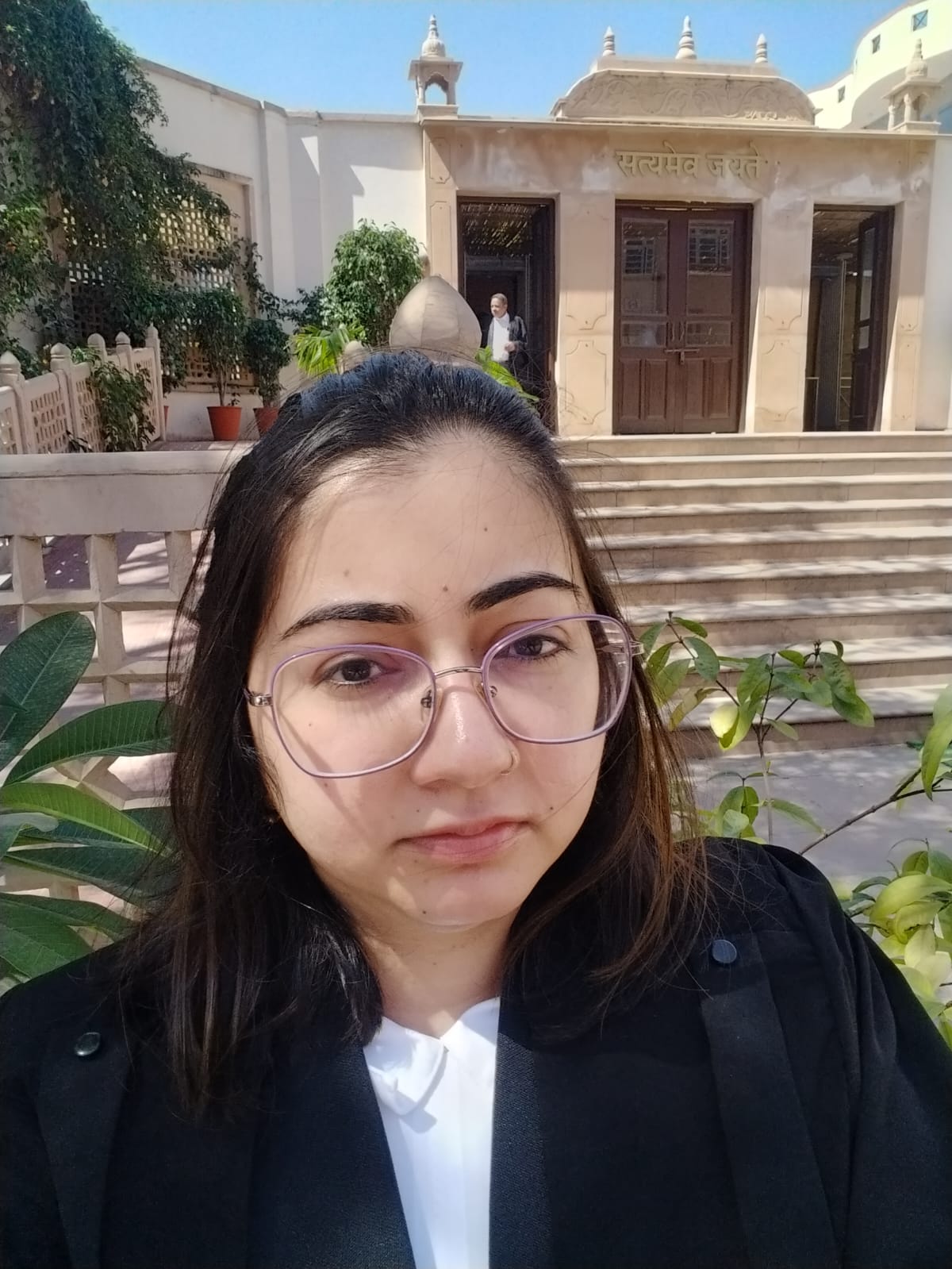GST (Goods and Services Tax) is a tax charged on the sale of goods and services in India. Agarbatti, also known as incense sticks, is commonly used in Indian homes for religious and aromatic purposes.
Under GST, agarbatti is taxed, but at a lower rate because it is a commonly used household item.
Agarbatti, also known as incense sticks, has been a part of Indian culture for centuries. It is a popular product that is used in both homes and businesses for both everyday use and religious rituals. However, with the implementation of the Goods and Services Tax (GST) system in India, the way agarbatti is taxed has changed.

GST Rate and HSN Code for Agarbatti
| Product | GST Rate | HSN Code |
| Bamboo sticks | 5% | 1401 |
| Wood charcoal | 0% | 4402 |
| Joss Powder | 5% | 1211 |
| Wood Powder | 5% | 44050000 |
| Perfumes | 18% | 33030040 |
| Agarbatti | 5% | 33074100 |
| Dhoop batti | 5% | 33074100 |
In some items, the reduction was required because of the changing nature of the economy and changes in consumer preference. These items were earlier placed under high rates of GST (18-28%). On studying the list, it can be found that these items are necessities and not luxuries and so the GST council has reduced the tax rate on these essential items. For example, items like spectacles, exercise books and note books are a part of everyday life and cannot be placed in the highest tax bracket of 28% along with cars and cigarettes.
| Item | Earlier GST rate | New GST rate | Impact |
|---|---|---|---|
| Food items | |||
| Cashew nut | 12% | 5% | |
| Cashew nut in shell | 12% | 5%(Reverse charge) | |
| Preparations of vegetables, fruits, etc. such as pickle, murabba, chutney, jam, jelly | 18%/12% | 12% | Jams and pickles are a part of staple diet of the masses and certainly not a luxury |
| Ketchup & sauces including mustard sauces | 18% | 12% | Ketchups and mustard sauces are a part of everyday food and cannot be treated as a luxury |
| Curry paste, mayonnaise and salad dressings, mixed condiments and mixed seasonings (Fancier sauces) | 18% | 12% | |
| Ice and snow | 12% | 5% | |
| Salt, all types | 5% | 0% | Common salt is not excisable goods.However, GST does not subsume Salt Cess (14 paise per 40 kgs of salt produced) However, GST does not subsume Salt Cess (14 paise per 40 kgs of salt produced) |
| Fuel | |||
| Bio gas | 12% | 5% | Bio gas is an important source of alternative fuel especially in the villages |
| Children | |||
| Exercise books and notebooks | 18% | 12% | |
| Children’s’ picture, drawing or colouring books | 12% | Nil | |
| Paper punchers, Staplers, Pencil sharpeners | 28% | 18% | |
| Kites | 12% | 5% | |
| Baby carriages | 28% | 18% | |
| Playing cards, board games such as chess, carom ludo, etc. [other than video game consoles and machines] | 28% | 12% | These are the games for masses and cannot be considered as luxury items (like play stations) |
| Swimming pools and paddling pools | 28% | 18% | |
| Entertainment | |||
| Movie tickets costing below Rs. 100 | 28% | 18% with Full ITC | This will not affect moviegoers in big cities who watch movies in multiplexes |
| Medical items | |||
| Glasses for corrective spectacles and flint buttons | 18% | 12% | Spectacles and artificial lenses are a necessity for many with poor vision and suffering from eye problems |
| Intraocular lens (replace the eye’s natural lens when it is removed during cataract surgery) | 28% | 12% | |
| Spectacles, corrective | 18% | 12% | |
| Insulin | 12% | 5% | This is an essential drug for diabetic patients and now taxed at 5% along with other life-saving drugs |
| Dental wax | 28% | 18% | |
| All diagnostic kits and reagents | 18% | 12% | Rates have been reduced as these are essential for medical treatments. |
| House & kitchen | |||
| Kajal [other than kajal pencil sticks] | 28% | Nil | Kajal has been made 0 rated like Kumkum & alta |
| Kajal pencil sticks | 28% | 18% | |
| Agarbatti | 12% | 5% | Taxes have been lowered to put them almost at par with puja samagri (0%) |
| Plastic beads | 28% | 12% | |
| Plastic Tarpaulin | 28% | 18% | |
| 28% | 18% | |
| Cutlery (Spoons, forks, ladles) | 18% | 12% | |
| Aluminum foil | 28% | 18% | |
| Bamboo furniture | 28% | 18% | |
| Coir mats, matting and floor covering | 12% | 5% | |
| 5% | 0% | |
| Computers and electronics | |||
| Printers [other than multifunction printers] | 28% | 18% | |
| Set top Box for TV | 28% | 18% | |
| Computer monitors not exceeding 17 inches | 28% | 18% | |
| CCTV | 28% | 18% | GST rate has been reduced as it is now an essential item to protect security of citizens |
| Static Convertors (UPS) | 28% | 18% | |
| Other items | |||
| Postage or revenue stamps, stamp-post marks, first-day covers, etc. | 12% | 5% | |
| Headgear and parts thereof | 28% | 18% | Rates are reduced to bring down prices of many headgear especially protective helmets |
| Rough precious and semi-precious stones | 3% | 0.25% | Rates on these items have been reduced |
GST Rates Revised for Industry and Machine Items
| Item | Earlier GST rate | New GST rate | Impact |
|---|---|---|---|
| 18% with Full ITC | 5% with Full ITC | Based on industry demand, GST Council decided to lower the levy on jobwork for these industries from 18% to 5%. This is good news for those involved as it will reduce the tax burden. However, printing of newspapers remain unchanged at 5% GST. |
ITC Availability on Agarbatti
- The inputs must be used for the purpose of business operations and not for personal use.
- The business must have a valid tax invoice or debit note issued by the supplier.
- The business must have received the goods or services for which they are claiming ITC. Meaning that the credit can only be claimed after receiving the final lot or instalment of goods.
- The business needs to pay the supplier within 180 days of the invoice date. Otherwise, the ITC claims will need to be reversed with interest. The ITC can be reclaimed once the payment is made.
- The supplier must have filed the tax invoice or debit note in Form GSTR-1, and the same must appear in the buyer’s Form GSTR-2B.
- ITC on a tax invoice or debit note must be claimed within the time limit given by the GST provisions.
- No ITC is allowed if depreciation has been claimed on the tax component of capital goods.
- When a business uses the purchases for selling both taxable and exempt supplies or for both business and non-business activities, it must identify and split the input tax credit accordingly.
- The ITC will have to be claimed within the time limit laid down under the GST law, i.e. 30th November of the following financial year or the date of filing the annual GST return, whichever is earlier.
- The ITC is not disallowed under Section 17(5) of the CGST Act, otherwise known as blocked credits.
FAQs
Q1. Are there any restrictions on claiming input tax credit (ITC) for agarbatti manufacturers?
Yes, ITC can only be claimed on inputs such as raw materials, packaging materials, and machinery used in agarbatti production. ITC cannot be claimed on goods or services that are used for personal consumption.
Q2. Is GST applicable on the packaging materials used for agarbatti?
Yes, GST is applicable to the packaging materials used for agarbatti production. The applicable GST rate will depend on the type of packaging material used.
Q3. What is the HSN code of agarbatti in GST?
HSN code for agarbatti is 33074100.
Q4. Is GST registration required for small agarbatti manufacturers?
If their turnover is more than Rs. 40 lakhs in a year (Rs. 20 lakhs in some states), then GST registration is mandatory.
Q5. Is dhoop or dhoop sticks also taxed at 5% GST?
Yes, dhoop sticks and cones used for religious purposes are also taxed at 5%, under the same HSN code.
